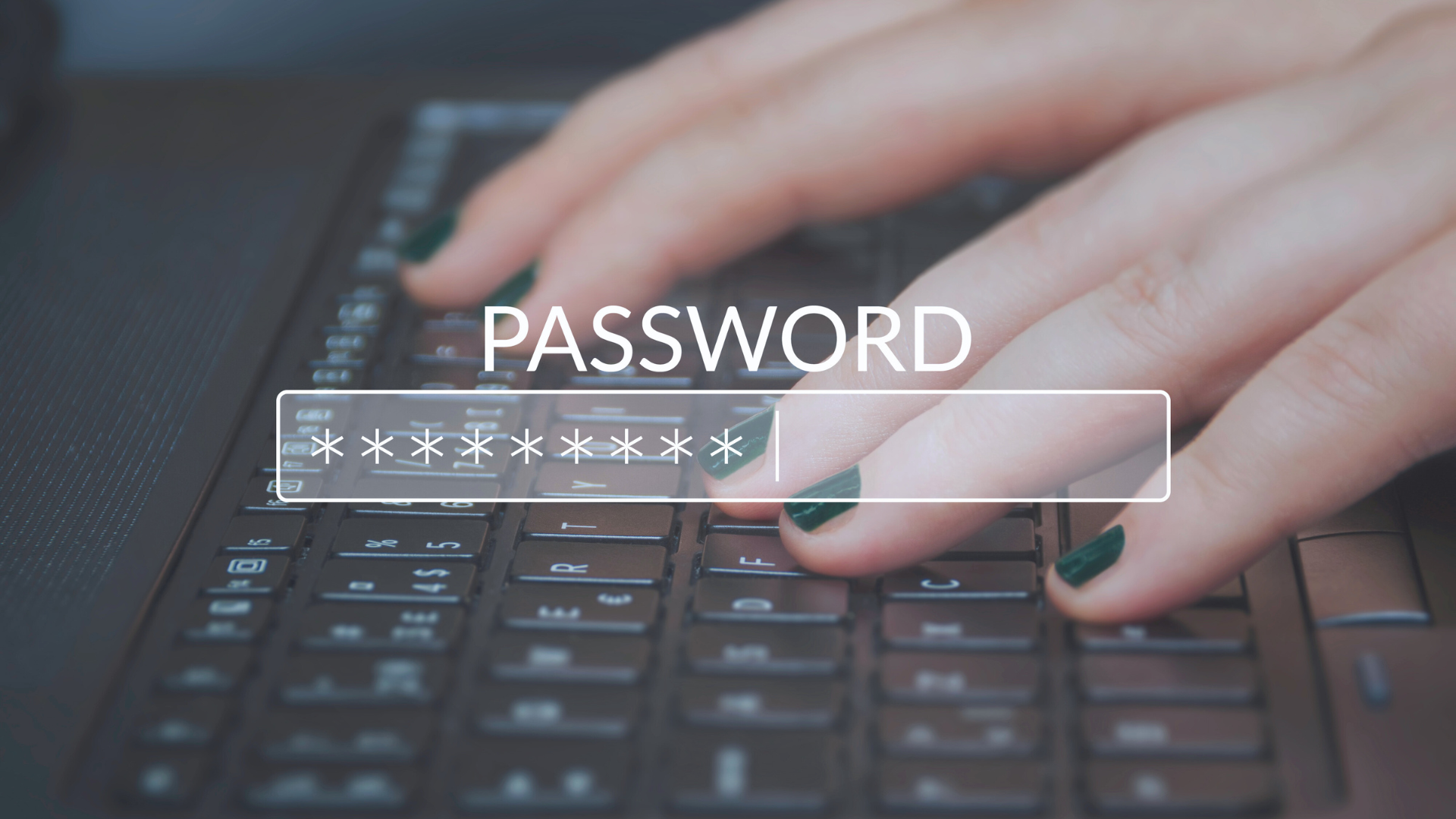Navigating Boise's IT Landscape: Challenges and Solutions
Boise, Idaho, is not just a thriving city known for its natural beauty and growing economy; it's also home to a diverse range of businesses that rely...
2 min read
![]() Totalcare IT
:
Jul 16, 2024 4:35:00 PM
Totalcare IT
:
Jul 16, 2024 4:35:00 PM
A robust and well-maintained IT infrastructure forms the backbone of businesses in Boise, Idaho, enabling them to operate efficiently, securely, and competitively in today's digital landscape. In this blog post, we'll break down the essential components of IT infrastructure for businesses in Boise—servers, networks, and security—and discuss their roles in maintaining operational efficiency and supporting business growth.
File Servers: File servers store and manage shared files and data within the organization. They facilitate collaboration, data access, and version control among employees.
Application Servers: Application servers host and manage business applications, databases, and software services. They ensure seamless access to critical applications and databases for users across the network.
Email Servers: Email servers handle email communication, messaging, and collaboration tools. They manage email storage, delivery, security, and user access, playing a vital role in business communications.
Web Servers: Web servers host and serve websites, web applications, and online services to external users and customers. They handle web traffic, content delivery, and user interactions, contributing to a seamless online presence.
Local Area Network (LAN): LAN connects devices within a limited geographical area, such as an office building or campus. It enables fast data transfer, file sharing, printer access, and internal communication.
Wide Area Network (WAN): WAN connects LANs across larger distances, allowing remote offices, branches, or locations to communicate and share resources. It facilitates centralized data access and collaboration among geographically dispersed teams.
Network Devices: Essential network devices include routers, switches, firewalls, and access points. Routers route data between different networks, switches connect devices within a network, firewalls protect against unauthorized access, and access points enable wireless connectivity.
Internet Connectivity: Reliable and high-speed internet connectivity is crucial for accessing cloud services, online resources, and external communication. Businesses in Boise rely on ISPs (Internet Service Providers) for stable internet connections tailored to their needs.
Firewalls: Firewalls monitor and control incoming and outgoing network traffic based on predefined security rules. They protect against unauthorized access, malware, and cyber threats, forming a crucial layer of network security.
Antivirus and Anti-Malware Solutions: Endpoint security solutions such as antivirus software, anti-malware scanners, and endpoint detection and response (EDR) tools protect devices, servers, and networks from malicious software and cyberattacks.
Data Encryption: Encrypting sensitive data both at rest (stored data) and in transit (data being transmitted) ensures data confidentiality and protection against unauthorized interception or access.
Access Controls: Implement access controls, user authentication mechanisms, and least privilege principles to manage user permissions, restrict unauthorized access, and ensure data privacy and integrity.
Regular Maintenance and Updates: Conduct regular maintenance, patches, and updates for servers, network devices, and security software to address vulnerabilities, improve performance, and enhance security posture.
Backup and Disaster Recovery: Implement robust backup solutions, off-site storage, and disaster recovery plans to protect against data loss, system failures, and natural disasters. Regularly test backups and recovery procedures to ensure readiness.
Monitoring and Performance Optimization: Utilize monitoring tools and performance metrics to monitor IT infrastructure health, identify bottlenecks, optimize resource utilization, and proactively address issues before they impact operations.
Employee Training and Awareness: Educate employees on IT security best practices, data handling policies, and response procedures for security incidents. Awareness and training empower employees to contribute to a secure and efficient IT environment.
By understanding and investing in these essential components of IT infrastructure—servers, networks, and security—businesses in Boise can enhance operational efficiency, support business continuity, and mitigate risks associated with data breaches, downtime, and cyber threats. A well-designed and maintained IT infrastructure enables businesses to adapt, innovate, and thrive in today's digital economy.

Boise, Idaho, is not just a thriving city known for its natural beauty and growing economy; it's also home to a diverse range of businesses that rely...

All good things must come to an end.

Cyberattacks are becoming more sophisticated, and password spraying stands out as a particularly deceptive threat. This type of cyberattack exploits...